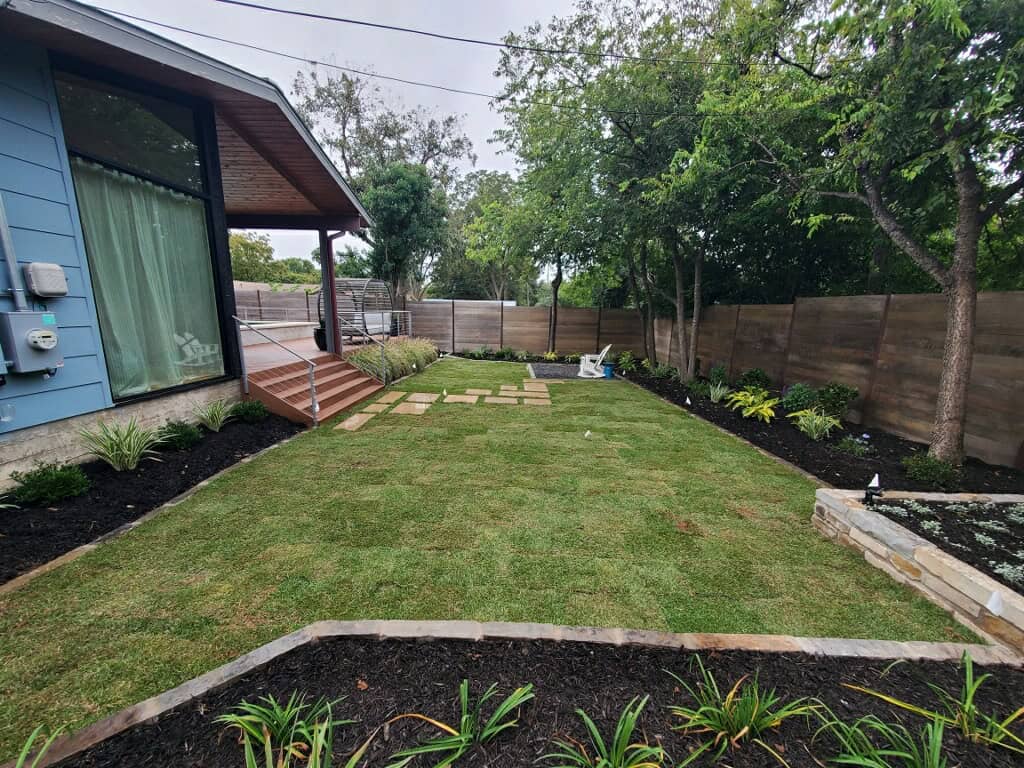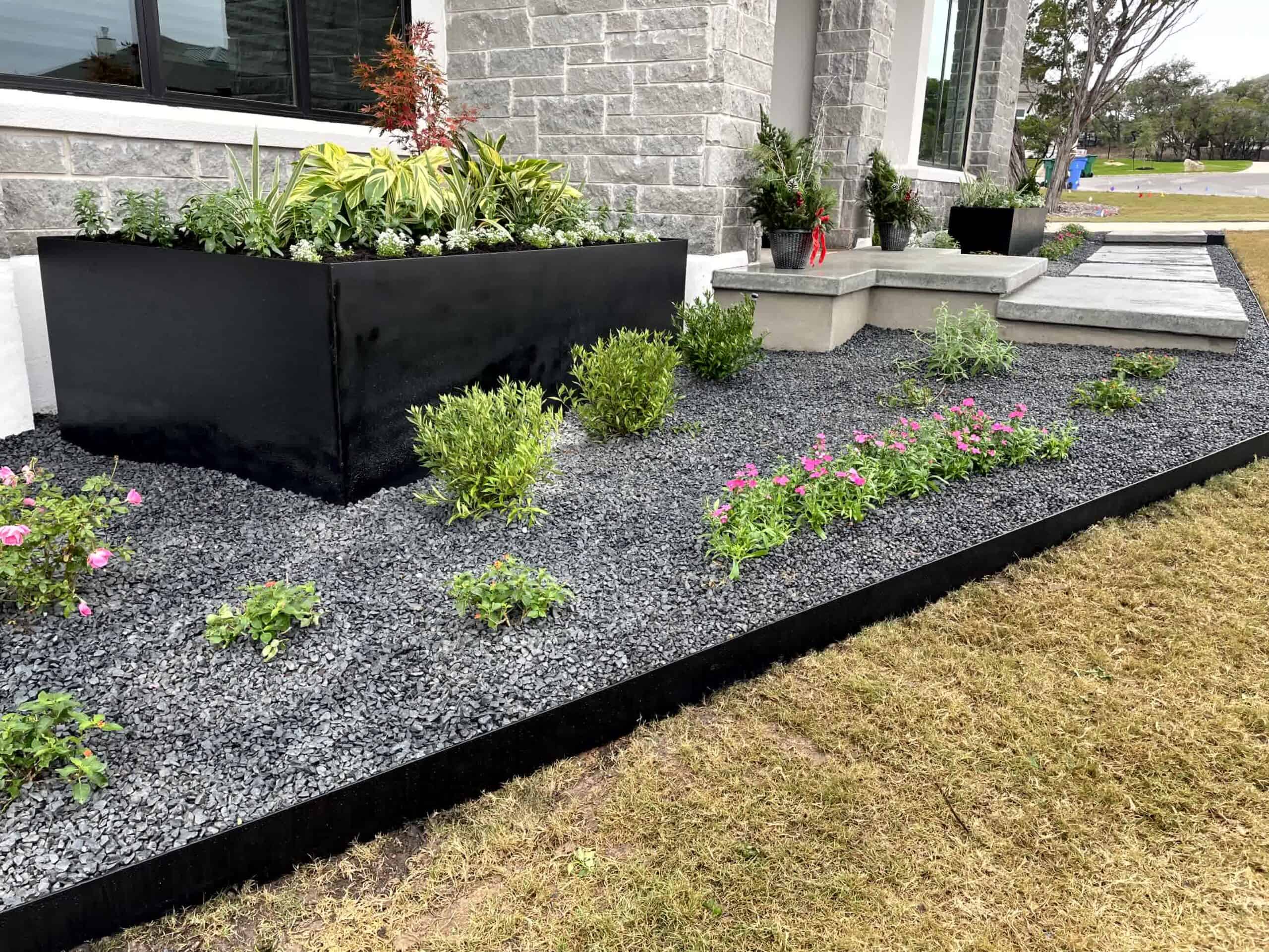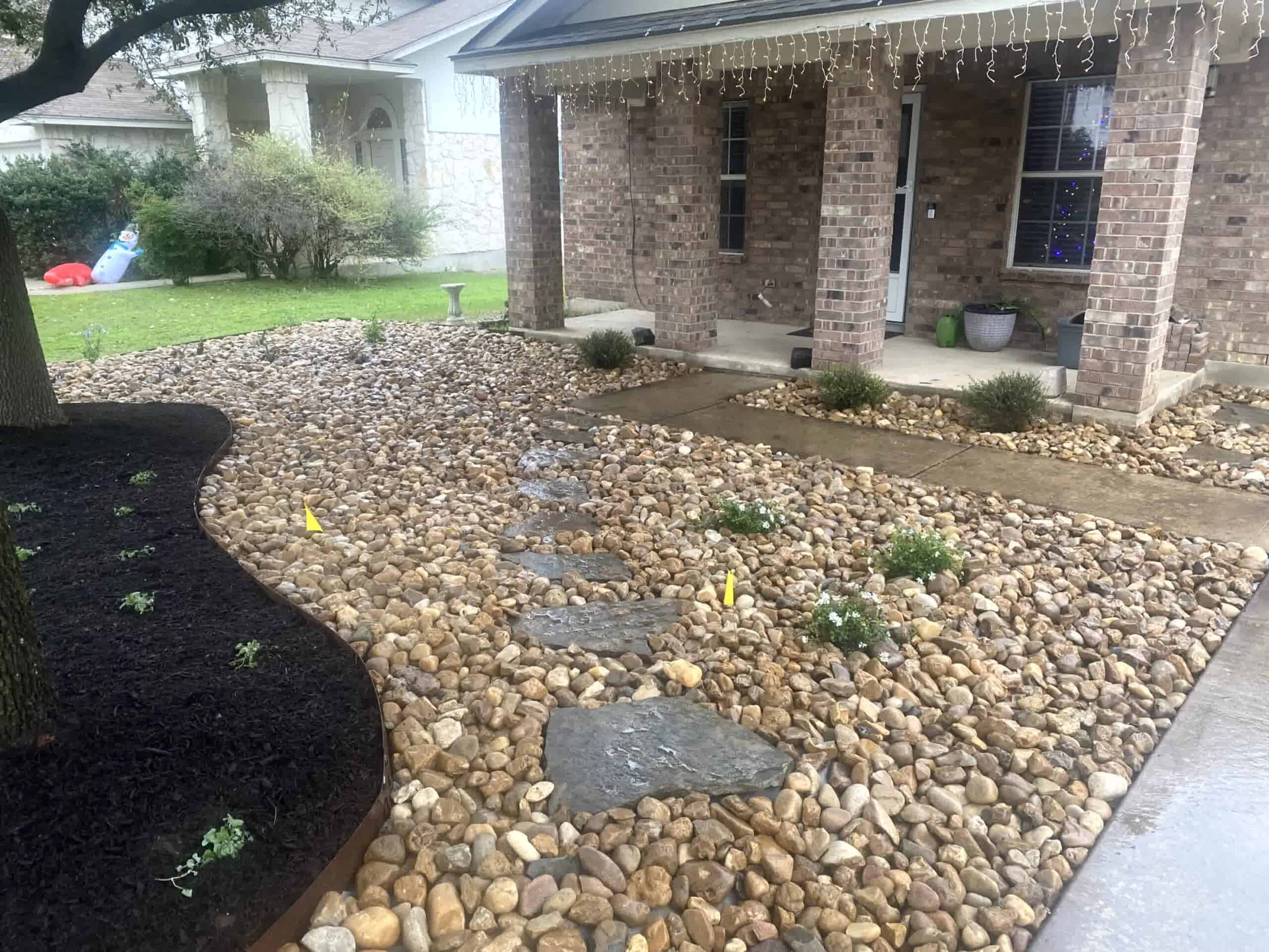As the vibrant colors of fall emerge, it’s the perfect time to reflect on how to make our outdoor living spaces more sustainable. With the changing seasons, many landscaping practices can be adapted to minimize environmental impact while enhancing the beauty of your yard. This blog will explore three eco-friendly landscaping practices that benefit the environment and create a thriving outdoor space that can be enjoyed year-round.
Composting Leaves & Yard Waste in Your Outdoor Living Space

Composting is an effective way to reduce waste and improve soil health. During the fall, homeowners often find themselves raking up piles of leaves, which can be composted instead of thrown away.
By creating a compost pile or using a compost bin, you can layer fallen leaves with other organic materials like kitchen scraps and grass clippings. The key is to balance green materials, which provide nitrogen, with brown materials, rich in carbon.
This process helps decompose the organic matter, turning it into nutrient-rich compost. When spring arrives, this homemade compost can be spread throughout your garden and outdoor living space, enriching the soil, improving moisture retention, and promoting healthy plant growth. Not only does composting benefit your landscape, but it also diverts waste from landfills, contributing to a more sustainable ecosystem.
Hot Tip: These materials can also often be used to make mulch, conserving water and improving soil health. To make your mulch eco-friendly, you can use wood chips, straw, or grass clippings that you would have disposed of anyway. These materials will break down gradually, giving your plants nutrients and reducing their watering needs.
Plant Native, Drought-Resistant Species in Your Outdoor Living Space
Selecting native and drought-resistant plants is a crucial step toward creating an eco-friendly outdoor living space. Native plants are adapted to the local climate, soil, and wildlife, requiring less water and maintenance than non-native varieties.
In Austin, consider planting species like Texas sage, blackfoot daisy, or goldeneye, which thrive in the region’s conditions. These plants not only conserve water but also attract beneficial insects, such as bees and butterflies, fostering biodiversity in your outdoor living spaces.
Additionally, native plants have deep root systems that help prevent soil erosion and improve soil structure. By incorporating these hardy plants into your landscaping, you can create a vibrant outdoor living space that thrives with minimal intervention, ultimately reducing your ecological footprint while enhancing your property’s beauty.
Hot Tip: You can also enhance your eco-friendly outdoor living space by incorporating wildlife-friendly elements like birdhouses, bat boxes, or insect hotels. These features provide habitats for beneficial animals and insects, encouraging biodiversity and creating a more balanced, thriving ecosystem.

Implement Water Conservation Techniques in Your Outdoor Living Space

Water conservation is increasingly important in regions like Austin, where droughts can strain water resources. Implementing water-saving techniques in your landscaping can make a significant difference. Consider installing a rainwater harvesting system to collect runoff from roofs, which can be used to irrigate gardens and lawns.
Additionally, incorporating drip irrigation systems allows for targeted watering, reducing water waste compared to traditional sprinkler systems. Mulching is another effective practice; it helps retain soil moisture and suppress weeds, reducing the need for frequent watering.
Xeriscaping, or designing landscapes that require little to no irrigation, is also a great way to create a beautiful outdoor living space that conserves water. By adopting these practices, you can create an environmentally friendly landscape that thrives in even the hottest months while minimizing your water consumption.
Hot Tip: Consider using permeable pavers for your hardscaping. These materials allow water to infiltrate the ground instead of causing runoff, which leads to soil erosion and water waste. Recycled concrete and natural stone are other excellent choices that contribute to a more sustainable landscape by reducing the need for newly extracted materials.
Conclusion
Incorporating eco-friendly landscaping practices this fall not only enhances the beauty of your outdoor living space but also promotes sustainability in your community. From composting yard waste to choosing native plants and implementing water conservation techniques, each action contributes to a healthier environment. As we embrace the changing seasons, let’s make conscious choices that benefit our landscapes and our planet.
We're now accepting new clients, call now to speak with a representative.
SERVICE AREAS

"*" indicates required fields
Contact Your Local Experts
Pro Green Landscape Solutions is currently accepting new clients! If you're seeking excellence, you're in the right place. We want to understand your needs, so when reaching out, please include detailed information to ensure we can assist you promptly. Don't forget to mention a preferred contact time that suits you best.
Thank you for considering us. We eagerly await the opportunity to serve you and to make a positive impact.

"*" indicates required fields

